Biotechnology for Improved Foods and Flavors
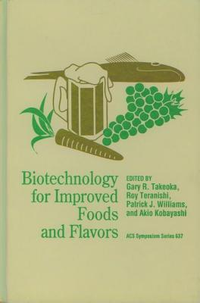
Summary
Highlights the impact of biotechnology on the food industry and discusses strategies for producing new and improved raw materials. Details the latest analytical methodology for characterizing products generated by biotechnology. Describes the generation of flavors from precursors via enzymes
and microorganisms. Discusses the construction of chimeric enzymes with improved properties. Reviews the effect of new plant crop regulators on crop yield and quality.
Similar Books
-
 Compact Stellar X-ray Sources
Compact Stellar X-ray Sourcesby Walter Lewin
-
 The Expanding Role of Mass Spectrometry in Biotechnology
The Expanding Role of Mass Spectrometry in Biotechnologyby Gary Siuzdak
-
 Electrochemical Techniques in Corrosion Science and Engineering
Electrochemical Techniques in Corrosion Science and Engineeringby Robert G. Kelly
-
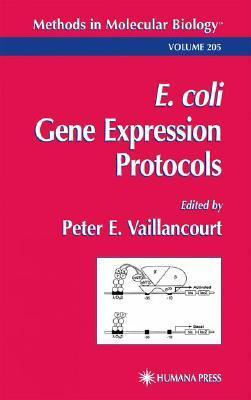 Methods in Molecular Biology, Volume 205: E. Coli Gene Expression Protocols
Methods in Molecular Biology, Volume 205: E. Coli Gene Expression Protocolsby Peter E. Vaillancourt
-
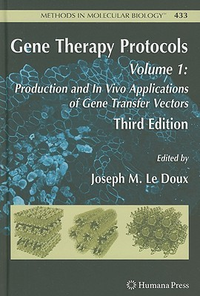
-
 Hormonal Regulation of Farm Animal Growth
Hormonal Regulation of Farm Animal Growthby K.L. Hossner
-
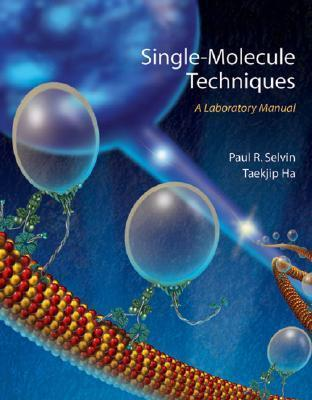 Single-Molecule Techniques: A Laboratory Manual
Single-Molecule Techniques: A Laboratory Manualby Paul R Selvin
-

-

-
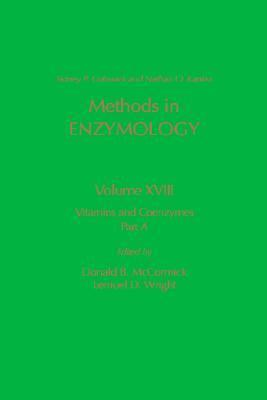
-
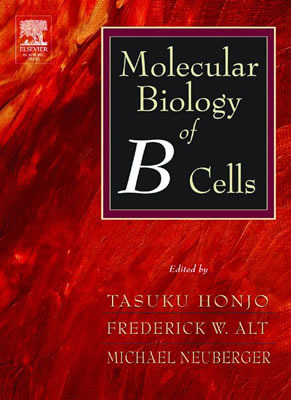 Molecular Biology of B Cells
Molecular Biology of B Cellsby Tasuku Honjo
-

-
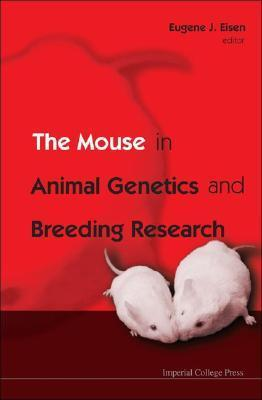 MOUSE IN ANIMAL GENETICS AND BREEDING RESEARCH, THE
MOUSE IN ANIMAL GENETICS AND BREEDING RESEARCH, THEby Eugene J. Eisen
-
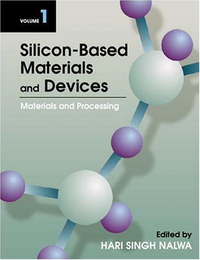
-
 Nitric Oxide in Plant Growth, Development and Stress Physiology
Nitric Oxide in Plant Growth, Development and Stress Physiologyby Lorenzo Lamattina
-
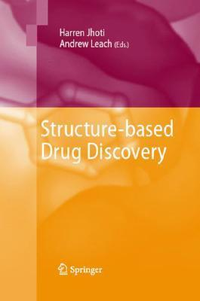 Structure-based Drug Discovery
Structure-based Drug Discoveryby Harren Jhoti
-
 Electric Utility Systems and Practices
Electric Utility Systems and Practicesby Homer M. Rustebakke
-
 Methods in Molecular Biology, Volume 114: Calcium Signaling Protocols
Methods in Molecular Biology, Volume 114: Calcium Signaling Protocolsby David G. Lambert
-
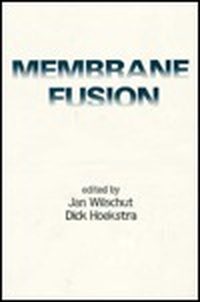 Membrane Fusion
Membrane Fusionby Jan Wilschut
-
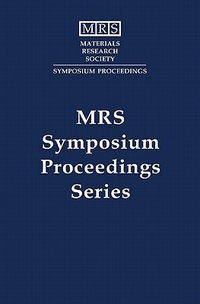 Thin Films for Photovoltaic and Related Device Applications: Volume 426
Thin Films for Photovoltaic and Related Device Applications: Volume 426by David S. Ginley
-

-

-
 Methods in Enzymology, Volume 76: Hemoglobins
Methods in Enzymology, Volume 76: Hemoglobinsby Nathan P. Kaplan
-
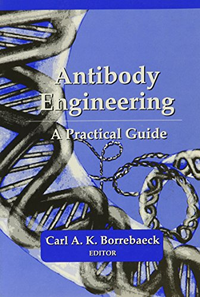 Antibody Engineering: A Practical Guide
Antibody Engineering: A Practical Guideby Carl A.K. Borrebaeck